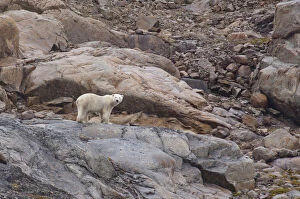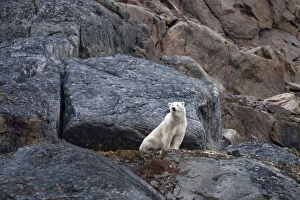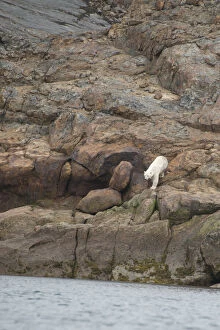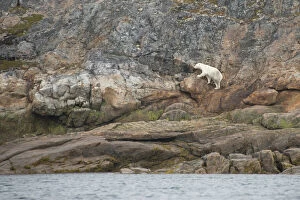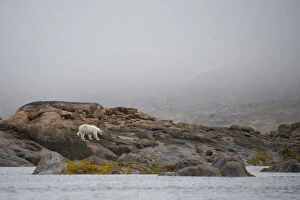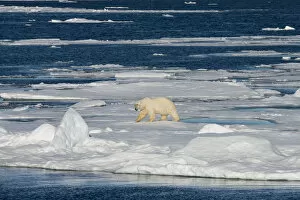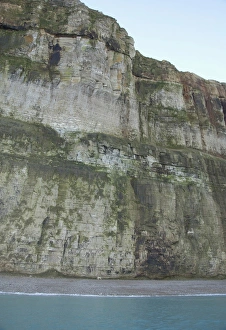Nanuuq Collection
Nanuuq, also known as the polar bear, is a majestic creature that roams the icy landscapes of the Barents Sea in Norway and Svalbard's Seven Islands
All Professionally Made to Order for Quick Shipping
Nanuuq, also known as the polar bear, is a majestic creature that roams the icy landscapes of the Barents Sea in Norway and Svalbard's Seven Islands. With their powerful presence and stunning white fur, these magnificent beings captivate our hearts. In Canada's Nunavut region, specifically on Akpatok Island in Ungava Bay, Nanuuq finds solace in its untouched wilderness. This uninhabited island serves as a haven for these wild polar bears, making it the largest sanctuary of its kind. The cliffs of Akpatok Island stand tall against the Arctic winds, providing an awe-inspiring backdrop for Nanuuq to thrive. Here, they roam freely without human interference or disturbance, and is truly a sight to behold when you witness this incredible species living harmoniously with nature. However, not all encounters are as idyllic. On Lower Savage Islands in Nunavut lies a lone polar bear stranded on an isolated landmass. The challenges faced by this resilient creature highlight the importance of conservation efforts and protecting their natural habitats. As we explore these remote regions like Northeast-Svalbard Nature Reserve and Qikiqtaaluk Region in Nunavut, we must remember to respect and preserve Nanuuq's home. Their survival depends on us taking action against climate change and ensuring their continued existence for future generations to admire. Let us cherish every glimpse we get into the world – from witnessing them gracefully swim through icy waters to observing their playful interactions with one another. May our appreciation for these remarkable creatures inspire us all to protect them and safeguard their fragile ecosystems before it's too late.


